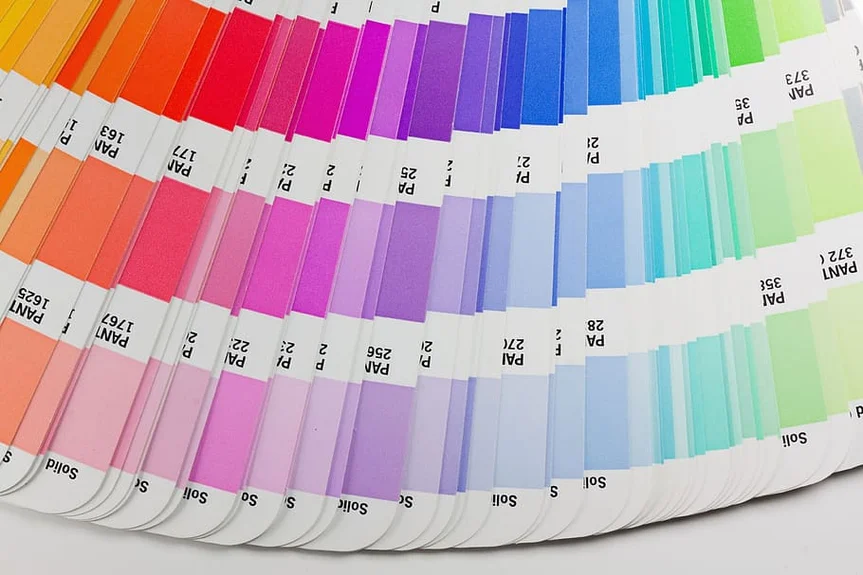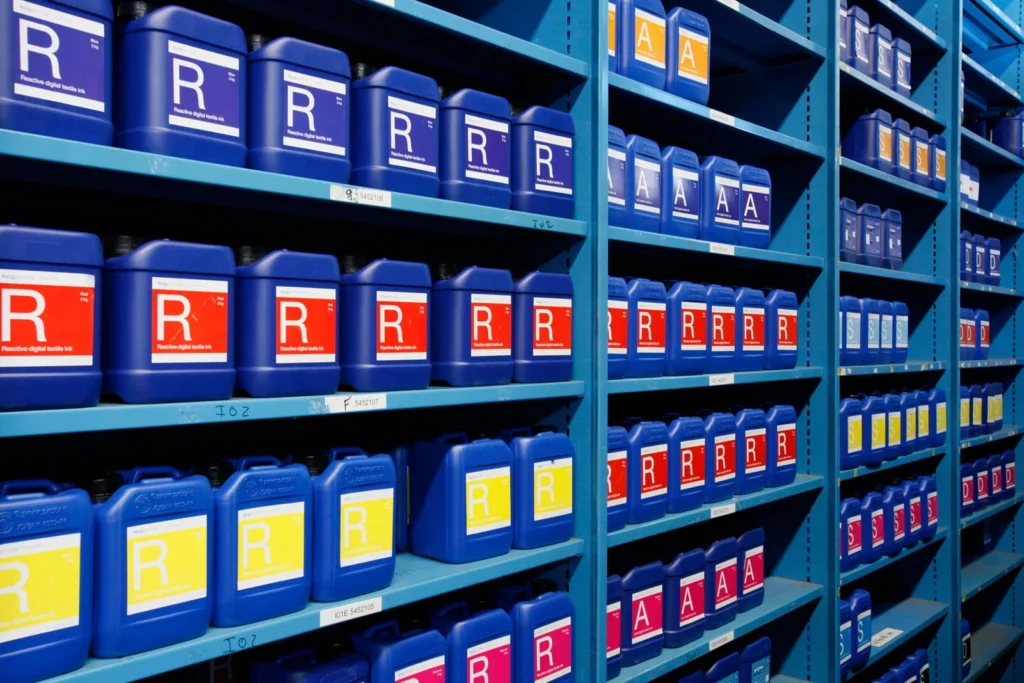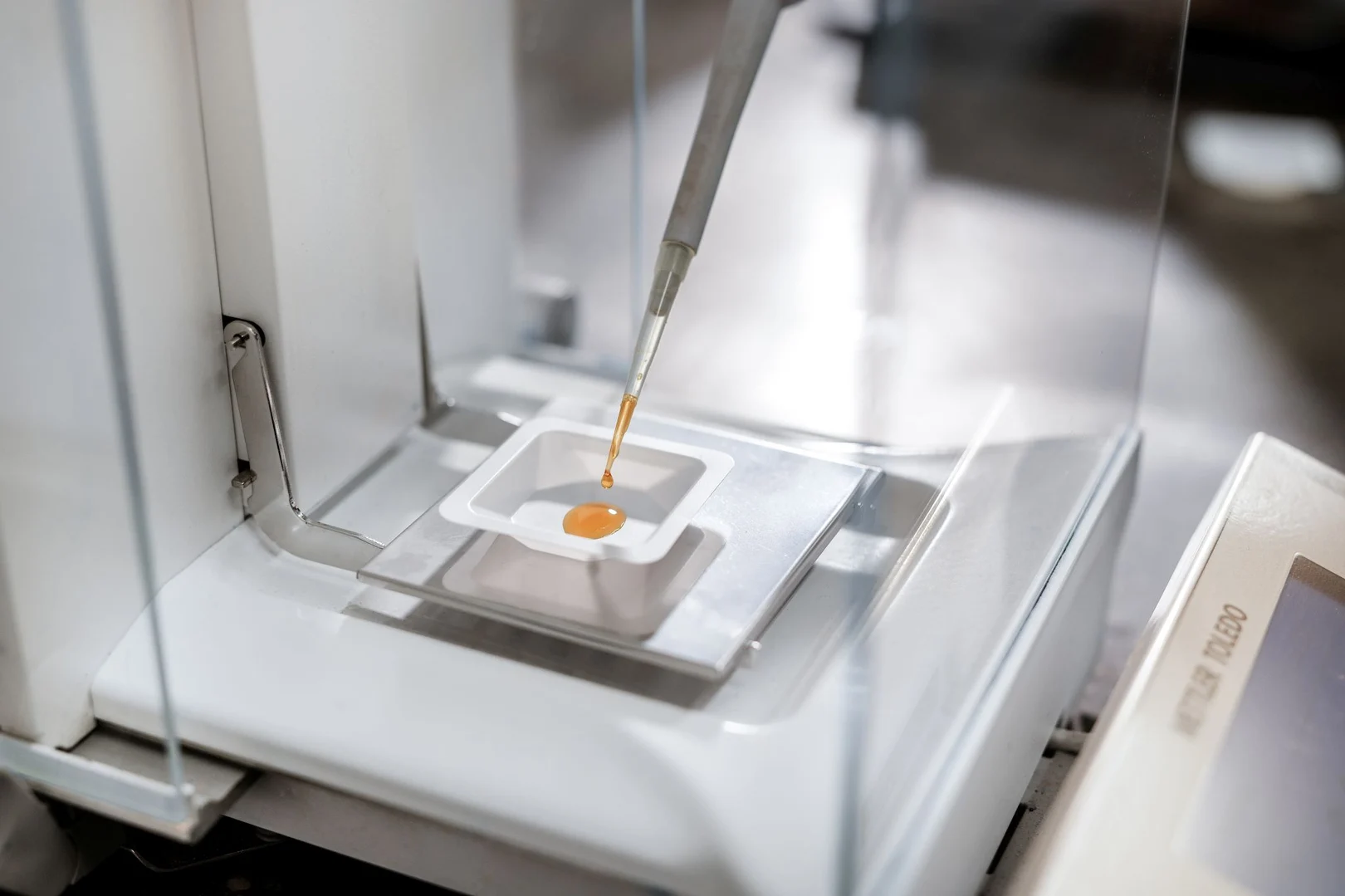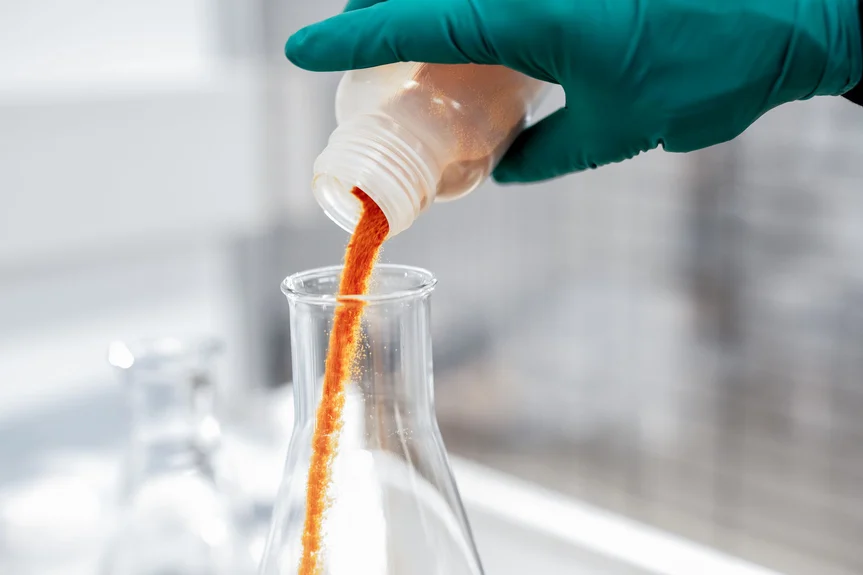Features
Benefits of Reactive Inks
Aside from their versatility, reactive inks offer two significant advantages.
Reactive inks have a wide range of applications and can be used to print on natural fibres, the most important being cotton. Additionally, reactive inks can be utilised to print on silk, wool, or viscose. Reactive inks get their name from how the dye reacts with the chemicals in the printing paste in traditional printing. When textiles are steamed, this chemical reaction ensures that the colour molecules adhere to the fibre.


Aside from their versatility, reactive inks offer two significant advantages.


Of experience in printing service
Reactive ink is very popular among digital textile printers. It was the first ink type created specifically for digital textile printing. Not without justification, either. The tiny molecules of this type of ink make it easier for the ink droplets to pass through the nozzles of the inkjet printhead, making it ideal for digital textile printing. Furthermore, cotton is a common fabric type and reactive inks work well for printing on natural fibres. It is therefore crucial for digital textile printers to have an ink type that allows them to produce prints with excellent quality and good wash fastness. This opportunity is given to them by digital reactive inks.


Reactive inks have a wide range of applications and can be used to print on natural fibres, the most important being cotton. Additionally, reactive inks can be utilised to print on silk, wool, or viscose. The quality of your prints is affected by the kind of ink you use. As a result, we think you should only use the best inks for your printing method. Selecting the ink that best suits your production process might be challenging due to the wide range of options available.



Professional printing services can provide you with high-quality prints that will look great and last a long time. We have the equipment and expertise.
